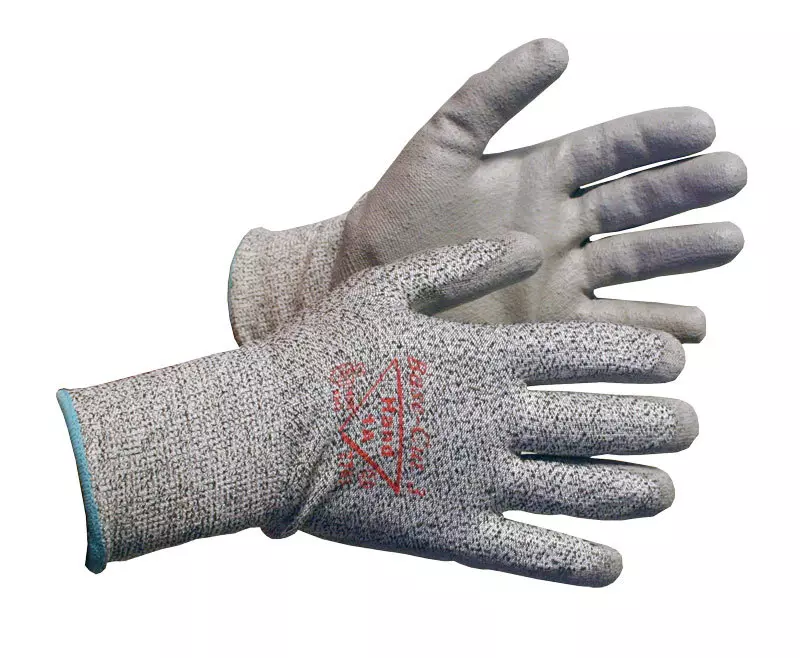
Features You'll Love

Cuff Style · Knit
A snug knit cuff provides a comfortable, secure fit that keeps debris out and your gloves in place.
Hand1A
Hand1A logo
Nitro-Cut B Coated Cut Protection Gloves, 12 pairs
Hand1A
Nitro-Cut B Coated Cut Protection Gloves, 12 pairs
Hand1A logo
(21)
50,30 €
54,86 €
Price per 12 pairs
4,19 € / pair
Estimated delivery: Mon Dec 1
Choose size
Shipping fee is 7,94 € for orders under 80,00 €
Features You'll Love

Cuff Style · Knit
A snug knit cuff provides a comfortable, secure fit that keeps debris out and your gloves in place.
Product description
The product description has not been specified